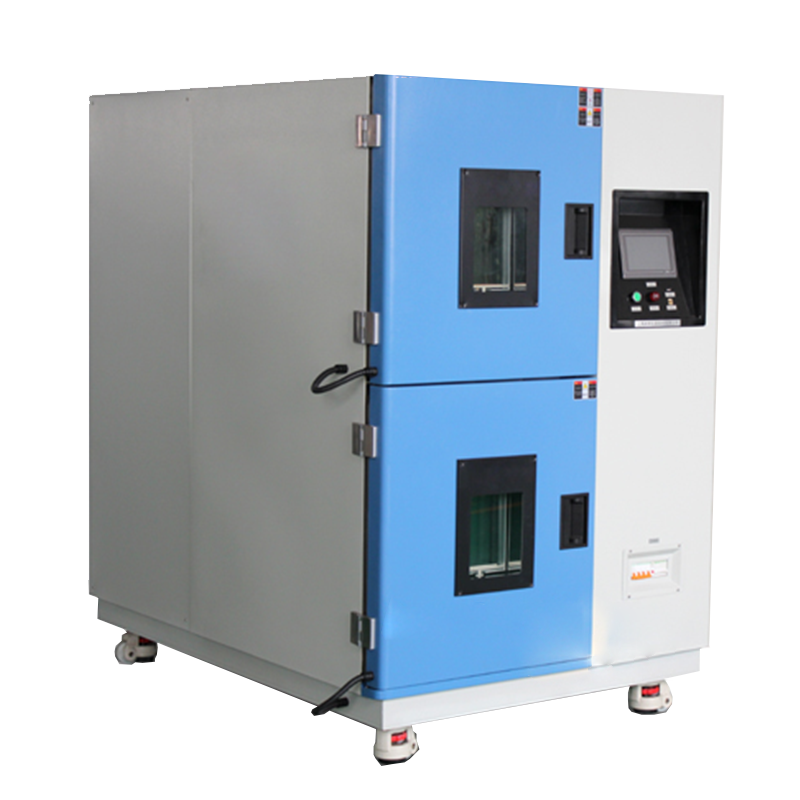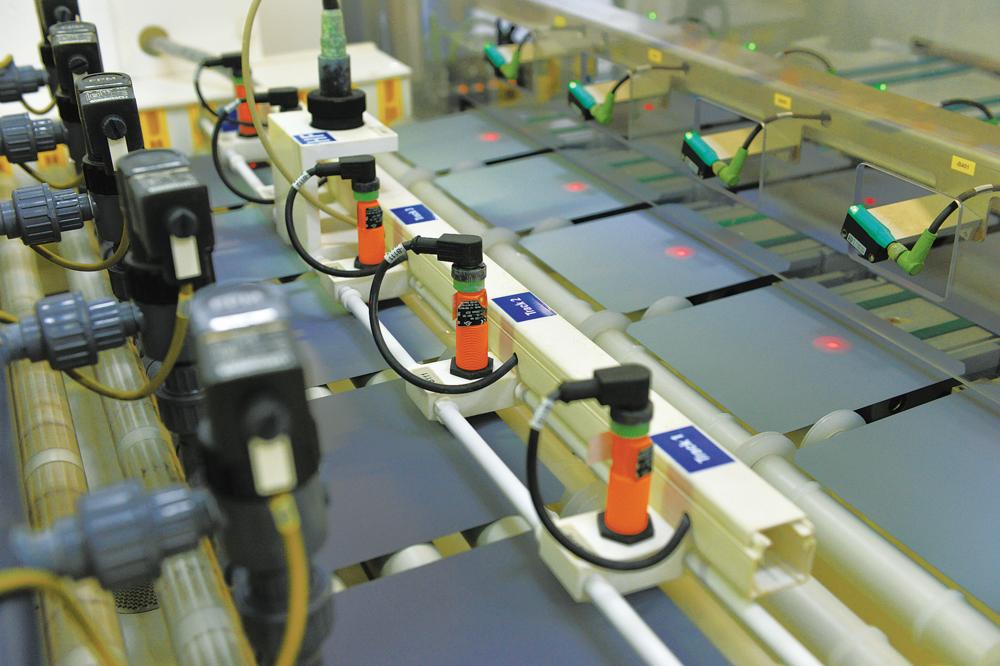In battery technology, thermal shock chambers are a critical piece of testing equipment. Batteries serve as the core component of many devices and systems, and their performance and safety are vital to the proper functioning of these devices. Thermal shock chambers can simulate the working conditions of batteries in different temperature environments, allowing for the testing and evaluation of battery performance and stability.
First, thermal shock chambers can simulate battery operation under extreme temperature conditions. In real-world applications, batteries often operate in extreme temperatures. For example, high temperatures may cause batteries to overheat and become damaged, while low temperatures can negatively impact battery performance and capacity. By placing batteries in thermal shock chambers for testing, their performance under varying temperature conditions can be assessed, providing valuable insights for battery design and improvement.

Second, thermal shock chambers can also simulate the thermal expansion and contraction of batteries during temperature fluctuations. In practical use, batteries frequently undergo temperature changes, which cause expansion and contraction of internal materials, thereby affecting performance and lifespan. By simulating these thermal expansion and contraction scenarios in thermal shock chambers, the durability and stability of batteries can be evaluated, enabling the early identification of potential issues and the implementation of appropriate improvements.
Thermal shock chambers play an indispensable role in battery technology. By testing and evaluating battery performance under different temperature conditions, the stability and safety of batteries can be enhanced, ensuring their reliability and longevity in real-world applications. Therefore, thermal shock chambers are an essential and critical piece of equipment in the battery research, development, and production processes.













